Market Analysis
In-depth Analysis of Squeeze Tube Market Industry Landscape
The squeeze tube market is a segment of the packaging industry that caters to a wide range of products such as cosmetics, pharmaceuticals, food items, and household products. Market dynamics in this sector are influenced by various factors including consumer preferences, technological advancements, regulatory requirements, and economic conditions.
One significant factor driving the growth of the squeeze tube market is the increasing demand for convenient and portable packaging solutions. Squeeze tubes offer consumers a convenient way to dispense and use products without the need for additional tools or equipment. This convenience factor has led to a rise in the popularity of squeeze tubes across different product categories, contributing to the market's expansion.
Moreover, advancements in materials and manufacturing processes have led to the development of innovative squeeze tube designs that offer improved functionality and performance. Manufacturers are constantly investing in research and development to create squeeze tubes that are lightweight, durable, and environmentally friendly. These advancements not only enhance the consumer experience but also help companies differentiate their products in a competitive market landscape.
In addition to consumer preferences and technological advancements, regulatory requirements also play a crucial role in shaping the dynamics of the squeeze tube market. Regulatory agencies such as the Food and Drug Administration (FDA) in the United States and the European Medicines Agency (EMA) in Europe impose strict guidelines on packaging materials and safety standards for products that come into contact with consumers. Compliance with these regulations is essential for manufacturers to ensure the safety and integrity of their products, driving the demand for compliant squeeze tube packaging solutions.
Economic factors such as disposable income levels, inflation rates, and consumer spending patterns also influence the dynamics of the squeeze tube market. During periods of economic growth, consumers tend to have higher purchasing power, leading to increased demand for packaged goods including those packaged in squeeze tubes. Conversely, during economic downturns, consumers may prioritize essential items over discretionary purchases, affecting overall market demand.
Furthermore, market dynamics in the squeeze tube segment are also influenced by competitive factors such as pricing strategies, branding efforts, and distribution channels. Manufacturers compete to differentiate their products through various means including product design, packaging aesthetics, and marketing campaigns. Strong branding and effective distribution strategies are essential for companies to gain market share and sustain growth in the highly competitive squeeze tube market.
Globalization and international trade also play a significant role in shaping the dynamics of the squeeze tube market. Manufacturers often rely on global supply chains to source raw materials and components for their products, and they may also export finished goods to reach new markets and expand their customer base. Economic policies, trade agreements, and geopolitical tensions can impact the flow of goods across borders, affecting the supply chain and overall market dynamics.

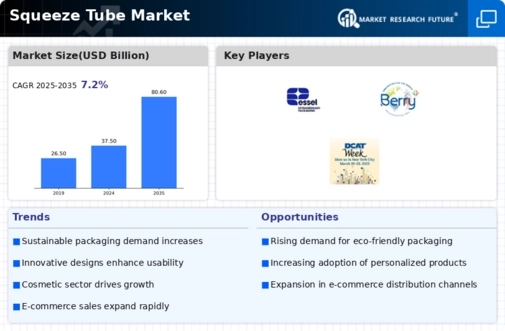
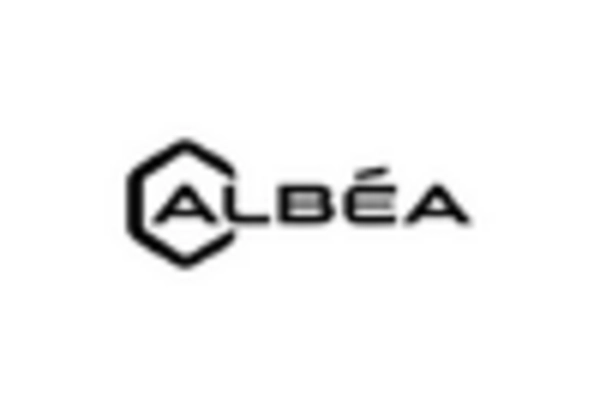
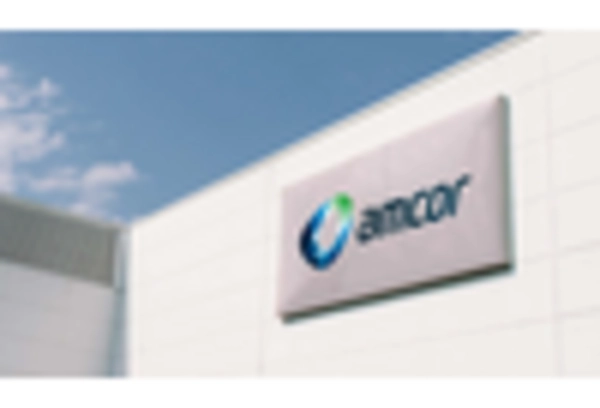
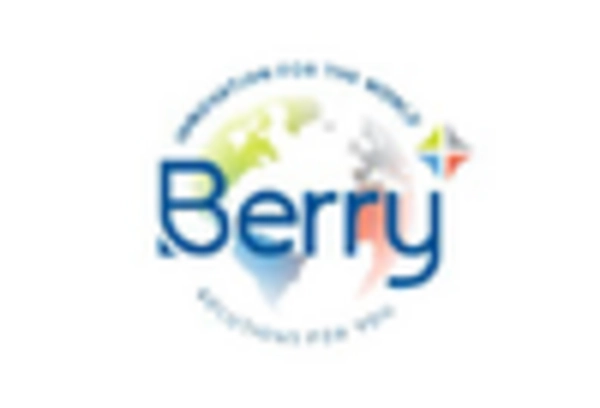
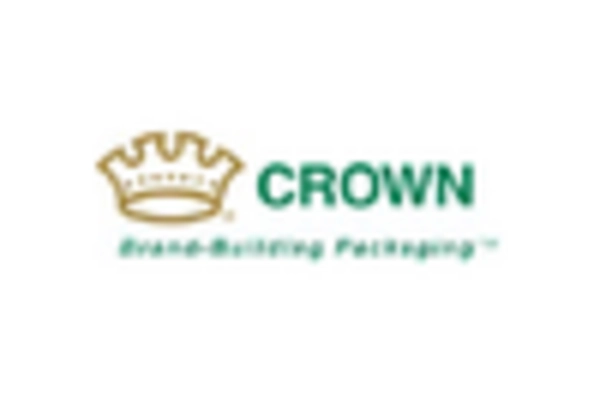
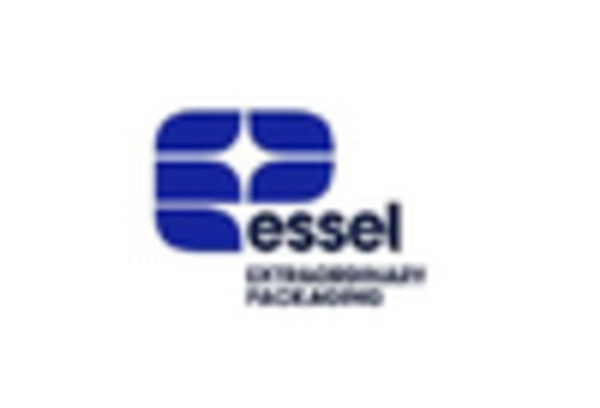
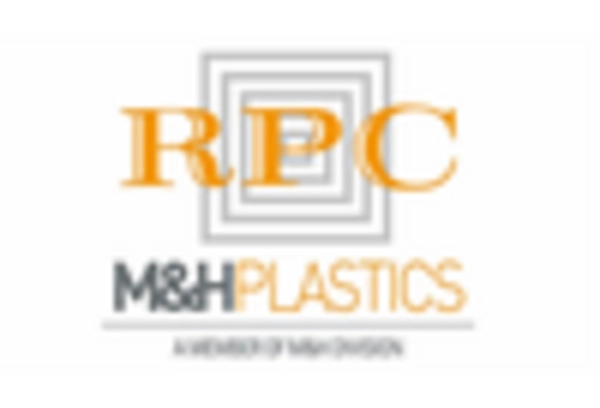









Leave a Comment